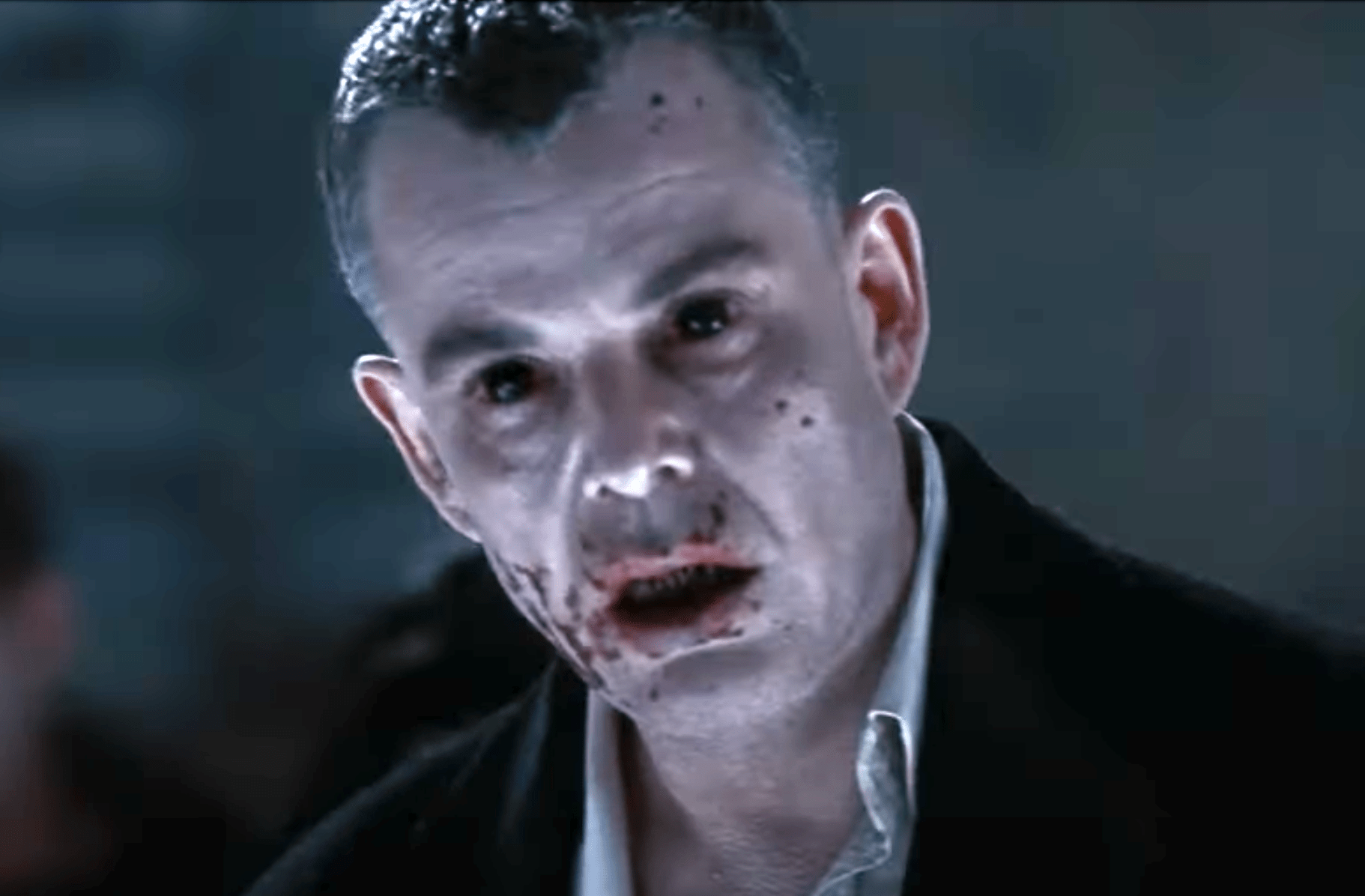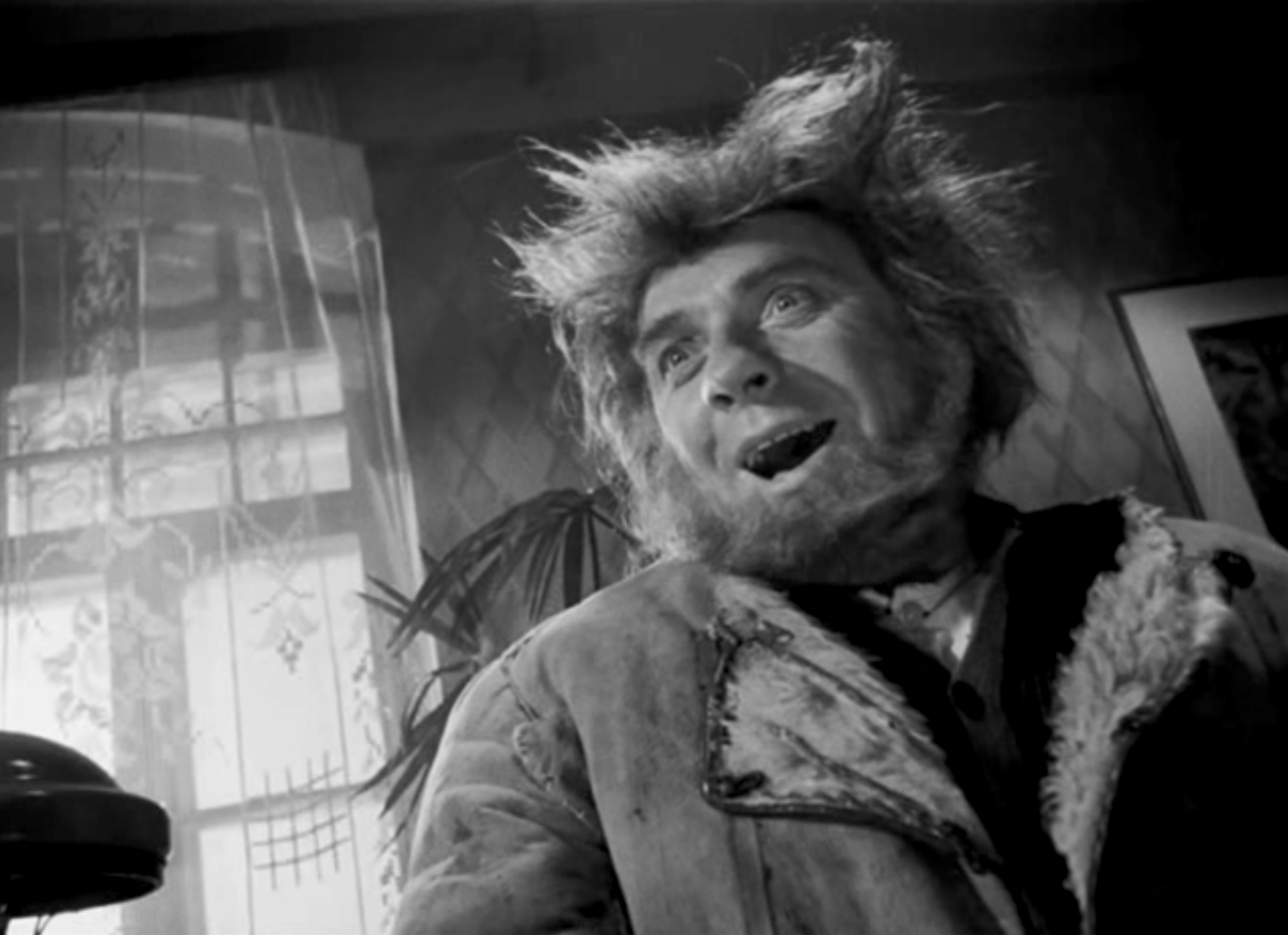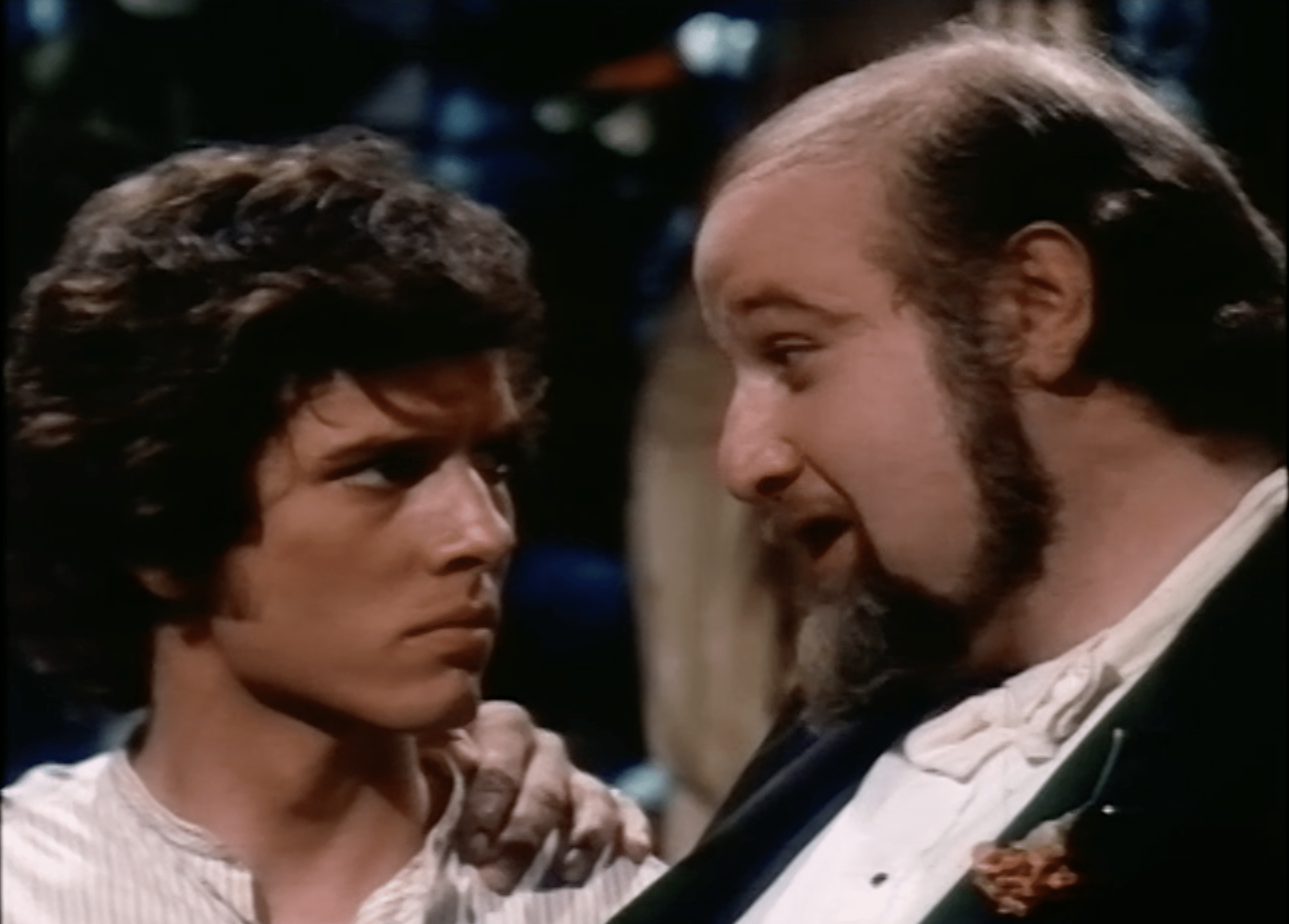
There is more than one return in The Return, and each return orients the narrative in a different direction. Depending on who is returning and from where the film shifts its emphasis and even its meaning. The Return is Andrey Zvyagintsev’s first feature film. He made it in 2003 using a stripped-down cast and a small set of elements. In its simplicity, The Return leaves very little room for mistakes or half-hearted measures. It is a taut, gripping work that it relies heavily on every aspect from the actors to the cinematography coming together to create a cohesive whole.
The film begins with the return of a father to his wife, Mat. Together they have two children, Ivan and Andrei. There is almost no explanation or exposition given. The father has been gone for many years and now he has returned. The film has very little dialogue, and the little it does have is terse and to the point.
As soon as the father arrives a series of visual references to Christ begin. One of the most startling is the carefully reconstructed composition that mimics Andrea Mantegna’s 1482 painting The Lamentation Over The Dead Christ.

There are also several references to the last supper both in compositions as well as in actions as when the father tears apart a roasted chicken with his hands and portions out the pieces as if breaking bread. It not only references the last supper but also recalls the miracle of the mass where the communion wafer turns to flesh in the supplicant’s mouth.
The Christ imagery generates a mysterious tension as the father proceeds to behave in a very un-christ-like manner. The juxtaposition of a taciturn abusive man presented as a christ figure hangs over the film like an unsettling mismatch that has to be resolved.
The bulk of the film is spent on the road with the father and the two sons. The Return has elements of the classic road movie, as well as a coming of age film, but it travels far beyond these simple tropes.
From this point on this essay contains spoilers.
The Return is about loss. It is about the inability to return. The inability to return to the past and how things were. The inability to return to innocence once it is lost. The return of habits and patterns that do not simply fade into the past. The boys have suffered the loss of their father from their childhood. They had no one to lead them into manhood and guide them forward. The loss of Christ is also a loss of a guide. Christ provided a point of orientation, an example, and a path that led to The Father, but ultimately he had to be sacrificed just as the father in The Return had to be sacrificed. Ivan and Andrei’s father is lost a second time, first through his leaving and then through his death.
This atmosphere of loss is reminiscent of Tarkovsky’s films. His influence is apparent in both the themes as well as the cinematography. The Return has a melancholy gaze that feels as if the film is seeking something. There is a sense of longing that is expressed by the movement of the camera, and the way it lingers. It is through this seeking and longing that the sense of loss is expressed. The seeker is incomplete by definition and therefore feels the absence of something essential.


Christ promised more than one return. He said he would come first as a lamb but later he would return as a lion to destroy the sinful and ultimately the world. The Christian God is someone who alternates between a wrathful, vengeful, terrifying disciplinarian and an all-forgiving incarnation of love. These same polarities exist in fatherhood as well, and this is not a coincidence. The traditional father encompasses these same contradictory identities, hopefully in less extreme measures than God.
To be a father is to struggle between the love and acceptance a father feels for his child and the frustration of being an authority figure. Fathers must negotiate between a feared judge and jury and a supportive sympathetic advocate. They must be both a lawyer for the defense and the judge who passes sentence.
The child or defendant must outgrow this dynamic and feel the loss of this complex figure but this loss is felt by fathers as well. They must allow their innocent and dependent offspring to fly on their own. When a child grows up and leaves, the father not only loses the child but part of his identity as a father as well. It is an ever-changing and complex evolution of purpose and identity for everyone involved.
In The Return, there are multiple places to locate what “return” refers to. There is the father’s physical return, there is an effort to have the whole family return to the way it once functioned in the past. There is the journey that the father undertakes to return to a mysterious island, and there is the return of the boys who must find their way back home alone. In addition, there is a return to home in a metaphorical sense. The return that Thomas Wolfe spoke of when he said “You can never go home again.” Ivan and Andrei will never return to who they were before their misadventures.

The death of the boy’s father is a symbol of the sacrificing of childhood. Both boys are thrust into premature independence, first by their father and second by their circumstances. All through the journey, the father pushes the boys to do everything themselves. He entrusts them with simple tasks like paying the check in a cafe, but also with more challenging ones like facing down a mugger or rowing a boat through stormy seas. He is unwavering in his demands for autonomy. Although it is apparent that in his mind he is preparing them for the world, his encouragement crosses a line into abuse. He offers no guidance, no advice or help, just demands, and expectations. He rarely speaks at all.
His unconditional demands made with no explanations mimic the demands of God, who lays down the law and then remains mute and unresponsive. We are informed that there are weighty expectations set upon us by a demanding father who will condemn us to an eternity of torment and torture if we do not obey, but we are left to negotiate the world on our own. The Ten Commandments do not come with suggestions concerning how to avoid coveting thy neighbor’s wife, or how to honor thy parents, the stone tablets simply make the demands.
With the film riding on so few elements, each part of the film becomes more important. The sound design is a subtle but integral part of the atmosphere of The Return. There is very little melodic music but there are deep rich chords that come and go like heavy, deep breaths. Significant moments are underlined by a swell of sound. By minimizing the musicality of the tones the sound doesn’t distract from the scene but adds to the gravity.
There are also moments of silence that punctuate The Return. Not quiet, but silence. There is some faint ambient sense of air, but there are passages where the figures exist in an empty aural expanse emphasizing they’re having to survive on their own.
At the end of the film, there is a slide show of black and white photographs. Some are ones taken by the boys during the trip and others are from their childhood. Watching the images pass by one at a time, the differences between still photography and movies surface.
Still, photographs are more nostalgic than movies. They have a greater sense of loss. Stills are an effort to capture something that they inevitably can not. What they do capture is something we do not actually see. Our lived experience is not made up of still images. We don’t see moments frozen in time. When we look at a still image we are seeing something strange, an incomplete remnant of an experience which by its nature makes us long for what is not there. Moving images may not be much better at truly capturing our experience but the illusion is greater. Even if moving images are just as empty as still images we do not experience them that way. Movies feel like they are real. They feel like a closer representation of lived life. They require less of our imagination, memory, and participation to complete themselves, whereas still images need our help to be meaningful or evocative.

The Return is primarily about our inability to return. It is about the irreversibility of time, growth, actions, and consequences. In the differing theories about the nature of time, one of the ideas used to prove that time not only exists but is linear is the second law of thermodynamics or the principle of entropy. It is a law of nature that everything moves from a state of order toward a state of disorder. Regardless of its technical veracity entropy reflects both loss and gain. Our world steadily resists our efforts to organize it but in leaning toward chaos it leans toward freedom. Our inability to control our future is an affirmation of our freedom.

If you enjoyed this article click here for more
www.filmofileshideout.com/archives/ildiko-enyedis-on-body-and-soul



